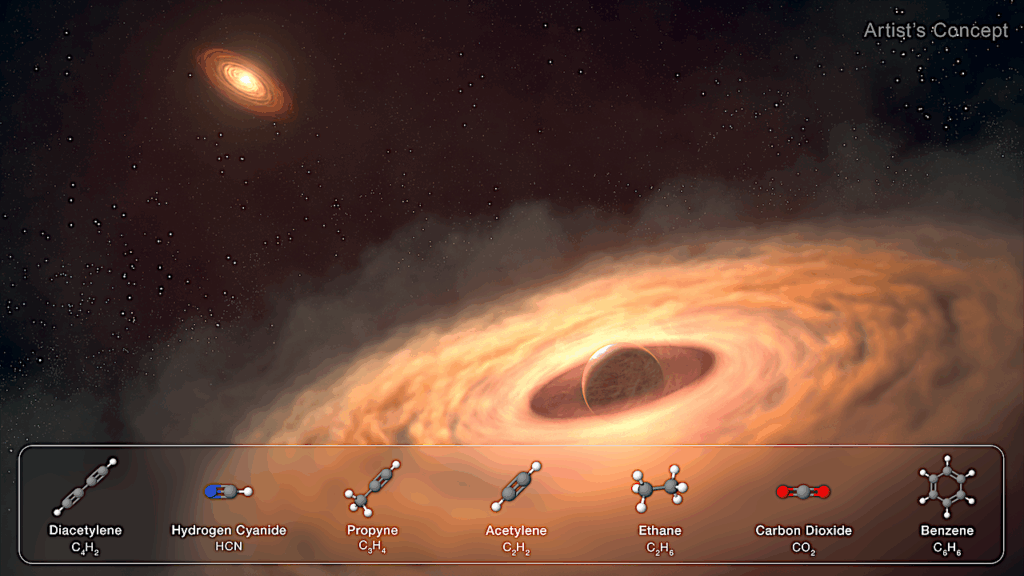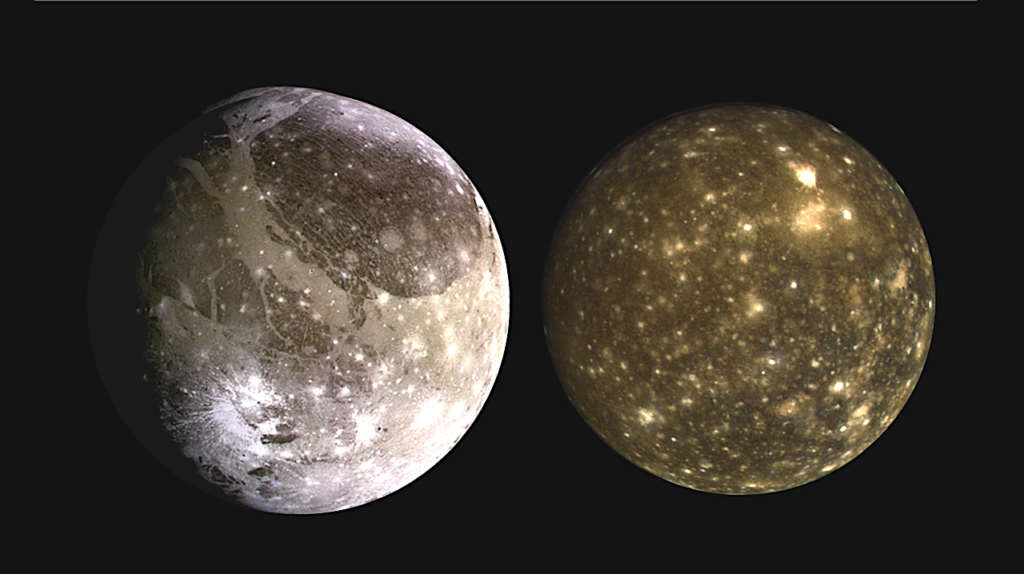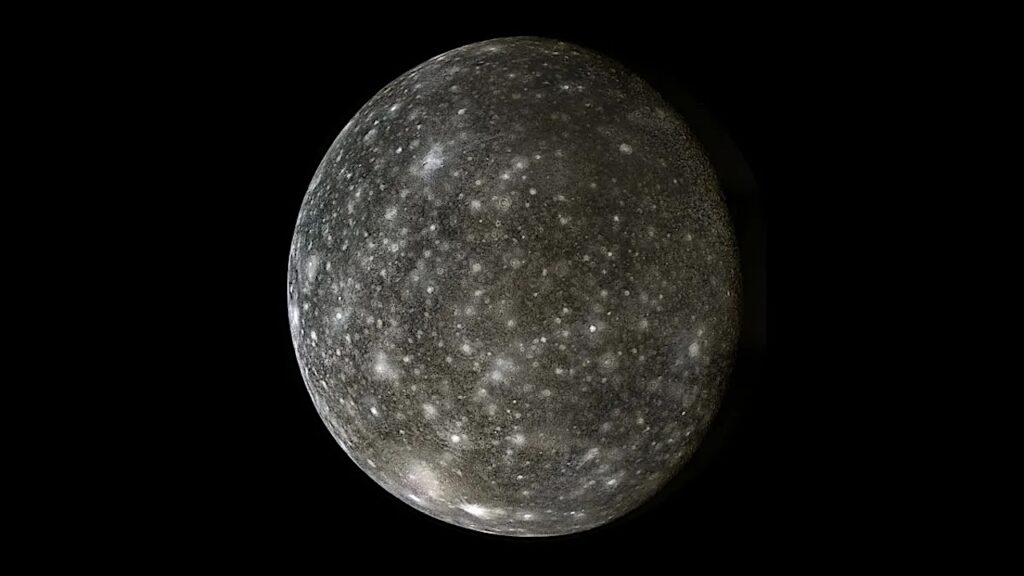A Tenuous, Collisional Atmosphere On Callisto

A simulation tool which utilizes parallel processing is developed to describe molecular kinetics in 2D, single-and multi-component atmospheres on Callisto.
This expands on our previous study on the role of collisions in 1D atmospheres on Callisto composed of radiolytic products (Carberry Mogan et al., 2020) by implementing a temperature gradient from noon to midnight across Callisto’s surface and introducing sublimated water vapor. We compare single-species, ballistic and collisional O2, H2 and H2O atmospheres, as well as an O2+H2O atmosphere to 3-species atmospheres which contain H2 in varying amounts. Because the H2O vapor pressure is extremely sensitive to the surface temperatures, the density drops several order of magnitude with increasing distance from the subsolar point, and the flow transitions from collisional to ballistic accordingly.
In an O2+H2O atmosphere the local temperatures are determined by H2O near the subsolar point and transition with increasing distance from the subsolar point to being determined by O2 When radiolytically produced H2 is not negligible in O2+H2O+H2 atmospheres, this much lighter molecule, with a scale height roughly an order of magnitude larger than that for the heavier species, can cool the local temperatures via collisions. In addition, if the H2 component is dense enough, particles originating on the day-side and precipitating into the night-side atmosphere deposit energy via collisions, which in turn heats the local atmosphere relative to the surface temperature.
Finally, we discuss the potential implications of this study on the presence of H2 in Callisto’s atmosphere and how the simulated densities correlate with expected detection thresholds at flyby altitudes of the proposed JUpiter ICy moons Explorer (JUICE) spacecraft.
Shane Carberry Mogan, Orenthal Tucker, Robert Johnson, Audrey Vorburger, Andre Galli, Benoit Marchand, Angelo Tafuni, Sunil Kumar, Iskender Sahin, Katepalli Sreenivasan
Subjects: Earth and Planetary Astrophysics (astro-ph.EP); Computational Physics (physics.comp-ph); Space Physics (physics.space-ph)
DOI: 10.1016/j.icarus.2021.114597
Cite as: arXiv:2107.12341 [astro-ph.EP] (or arXiv:2107.12341v1 [astro-ph.EP] for this version)
Submission history
From: Shane Carberry Mogan
[v1] Mon, 26 Jul 2021 17:32:27 UTC (2,081 KB)
https://arxiv.org/abs/2107.12341
Astrobiology,








